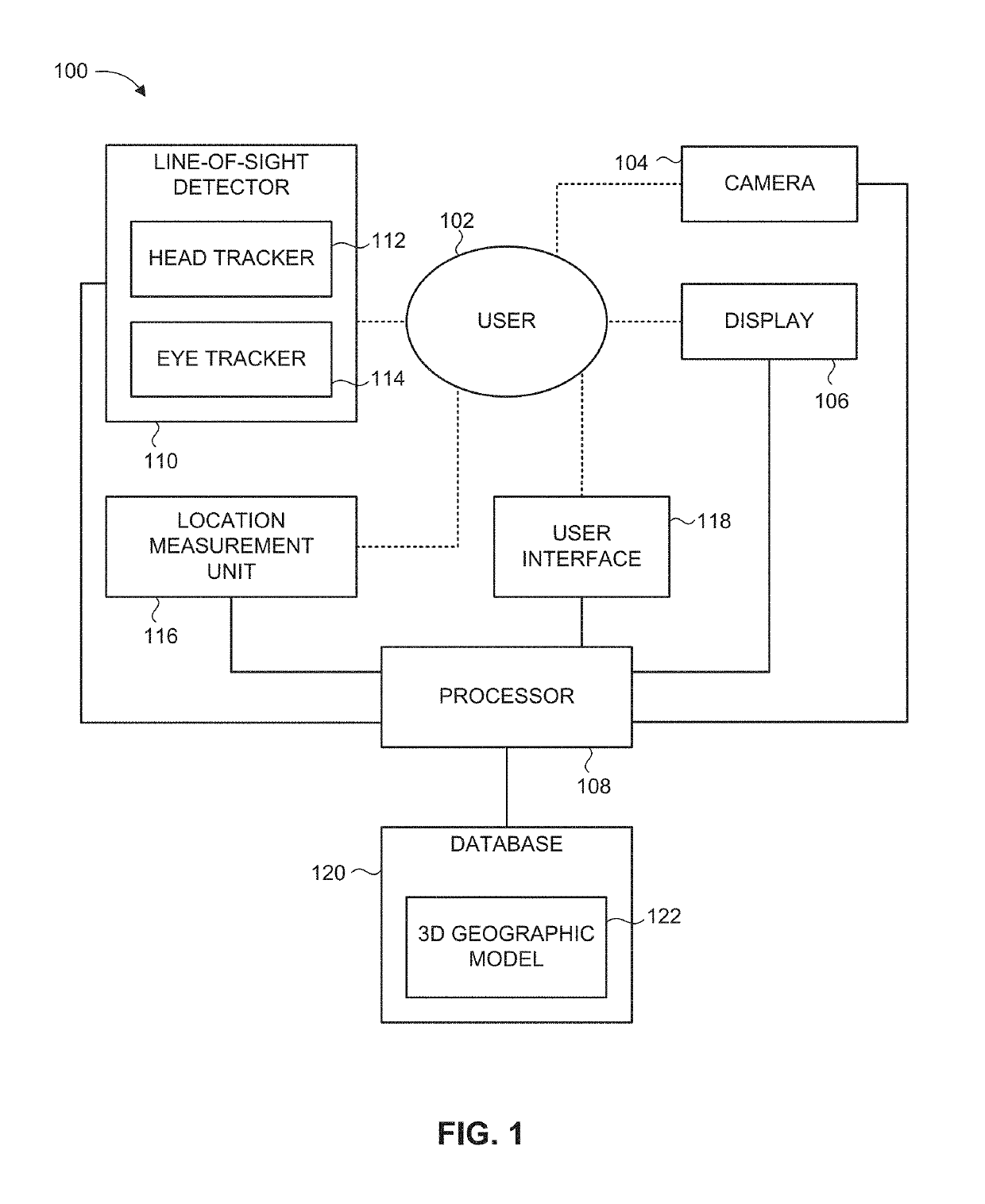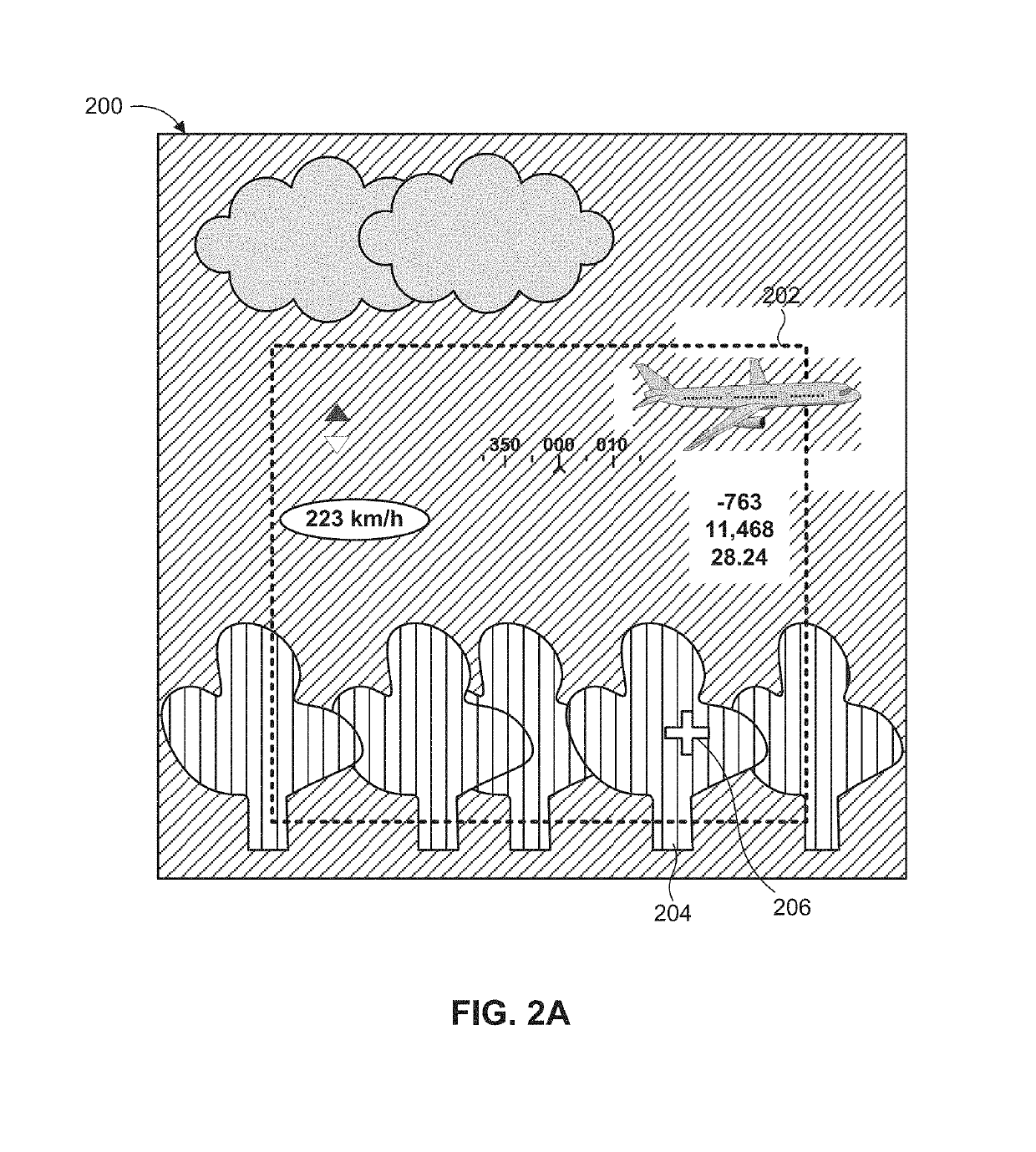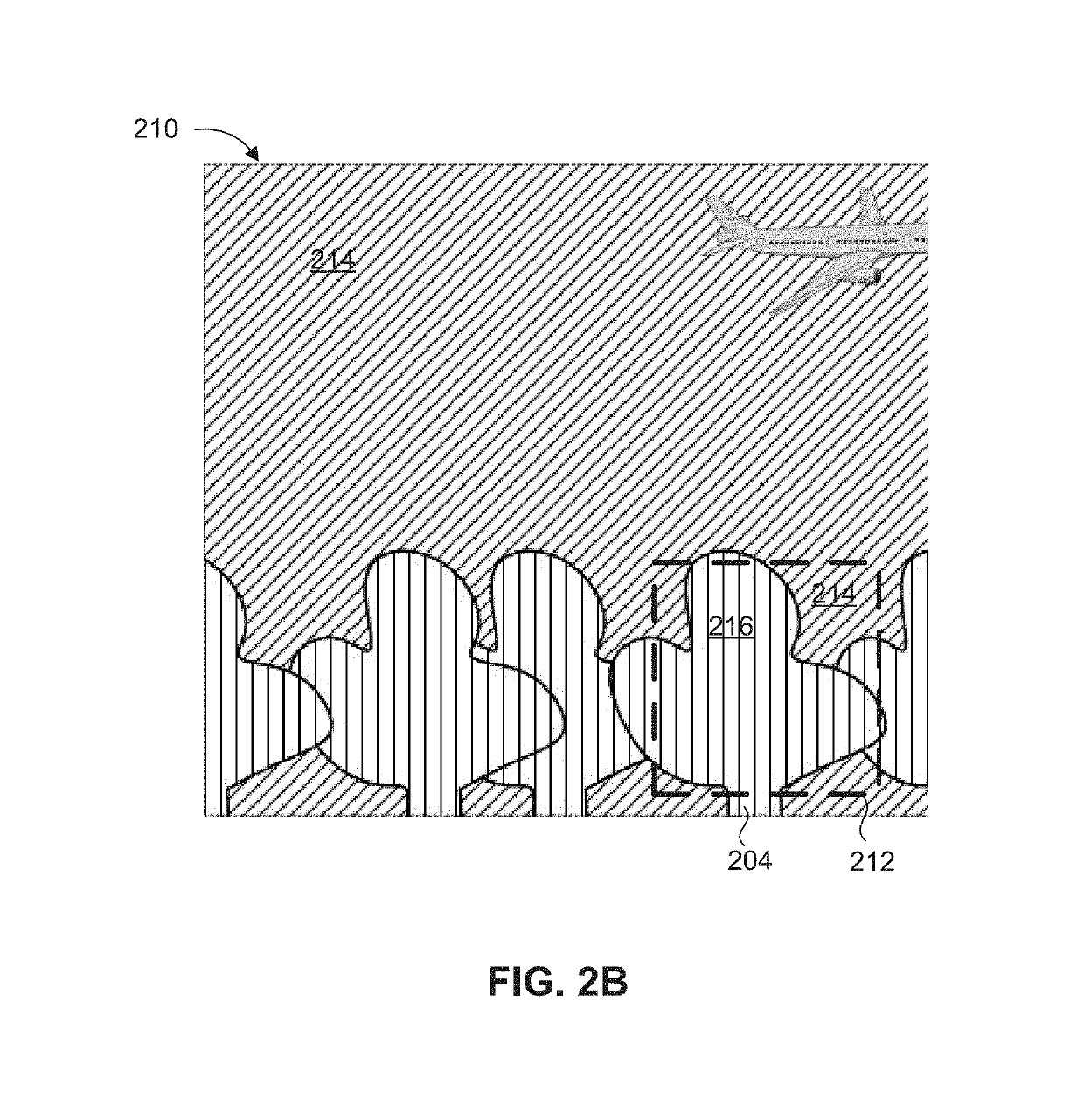Visual perception enhancement of displayed color symbology
a color symbology and visual perception technology, applied in static indicating devices, instruments, optical elements, etc., can solve problems such as problems or difficulties for viewers to properly perceive symbols relative to background, and achieve the effects of minimizing incompatibility conditions, and enhancing the visual perception of augmented reality presentation
- Summary
- Abstract
- Description
- Claims
- Application Information
AI Technical Summary
Benefits of technology
Problems solved by technology
Method used
Image
Examples
Embodiment Construction
[0028]The present invention overcomes the disadvantages of the prior art by providing a system and method for enhancing the visual perception of displayed supplementary image content. The system detects when there is an incompatibility between the color-attributes of a symbol or other foreground supplementary image to be overlaid onto a see-through display, and the color-attributes of the background environment in the real world scene at the location where the symbol is to be displayed, the location corresponding to the line-of-sight of the viewer. The incompatibility may be a difficulty in perceiving or distinguishing the symbol from the background, or a differently perceived appearance of the symbol when overlaid onto the background. When an incompatibility is detected, the symbol is visually altered in a manner so as to minimize the incompatibility, such as by changing a color attribute of the symbol, and the visually altered symbol is projected onto the display. The system may o...
PUM
 Login to View More
Login to View More Abstract
Description
Claims
Application Information
 Login to View More
Login to View More - R&D
- Intellectual Property
- Life Sciences
- Materials
- Tech Scout
- Unparalleled Data Quality
- Higher Quality Content
- 60% Fewer Hallucinations
Browse by: Latest US Patents, China's latest patents, Technical Efficacy Thesaurus, Application Domain, Technology Topic, Popular Technical Reports.
© 2025 PatSnap. All rights reserved.Legal|Privacy policy|Modern Slavery Act Transparency Statement|Sitemap|About US| Contact US: help@patsnap.com



